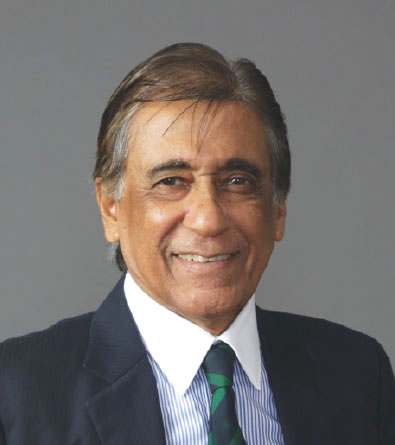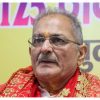No products in the cart.
Letter from the Editor

It’s a measure of the importance that the Indian establishment accords to education and human capital development that for 34 years, India, a nation blessed or cursed — take your pick — with the world’s largest child and youth population, was governed by the National Education Policy (NEP) 1986, reportedly supplemented by a policy announcement made in 1992. Those were years before the era of the internet, smartphones, and credit cards. Even though industry and commerce were liberalized and deregulated in 1991, the education sector shaping the lives and future of over 500 million children and youth, didn’t experience structural reform until formulation of NEP 2020.
The inexplicable blind-spot of the establishment and failure of omniscient 13 Planning Commissions staffed with renowned economists and intellectuals to make adequate budgetary provision for education — the annual outlay for education (Centre plus states) has averaged 3.5 percent of GDP for the past 75 years cf. the global average of 5 percent and 7-10 percent in developed OECD countries — has extracted a terrible price from the Indian economy and citizenry.
Three-quarters after independence, as repeatedly testified by the Annual Status of Education Report (ASER) of the independent Pratham Education Foundation, more than half of class VII children in rural India’s dilapidated primaries plagued with teacher shortages and absenteeism can’t read class II texts and solve simple division and multiplication sums. An estimated 130 million children in 1.10 million government schools are mired in rote-learning pedagogies and bereft of vocational and skills training. And in higher education, the overwhelming majority of youth struggle with obsolete syllabi, pedagogies and experiential education neglect. As a result, 70-80 percent of college and university graduates are not sufficiently prepared for employment in formal Indian industry and commerce.
Against this backdrop when after the BJP/NDA government was swept to power in Delhi in 2014 and resolved to formulate a new National Education Policy, your editors enthusiastically supported and tracked this initiative. Apart from providing detailed education reform and upgrade blueprints, we featured unprecedented and detailed cover features on the draft NEP reports of the T.S.R Subramanian (2016) and Dr. K. Kasturirangan (2019) committees as also on the NEP 2020. In this issue to mark the fifth anniversary of NEP 2020, we present a detailed implementation progress report of NEP 2020. Alas, it’s a story of missed opportunities again.
Comprehensive cover story apart, there’s a banquet of news and views in this EW monsoon edition. Check out our Special Report feature which investigates the much-proclaimed education upgradation initiatives of the now forgotten AAP government of Delhi state. Also the very interesting People, Institutional Profiles, Interview and Book Review pages. And of course the Editorial page on which we opine on vital national issues. Hope springs eternal!
Also Read: Letter from the Editor July 2025 issue
Post Views: 69















Add comment